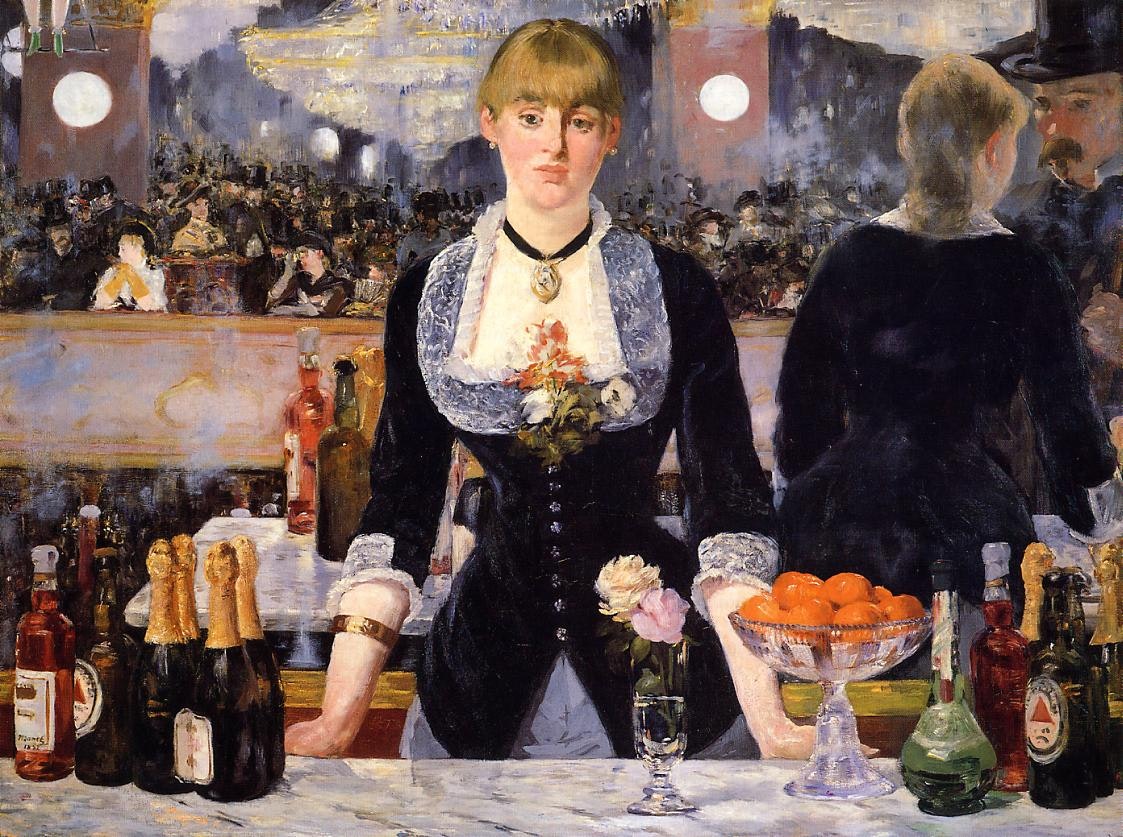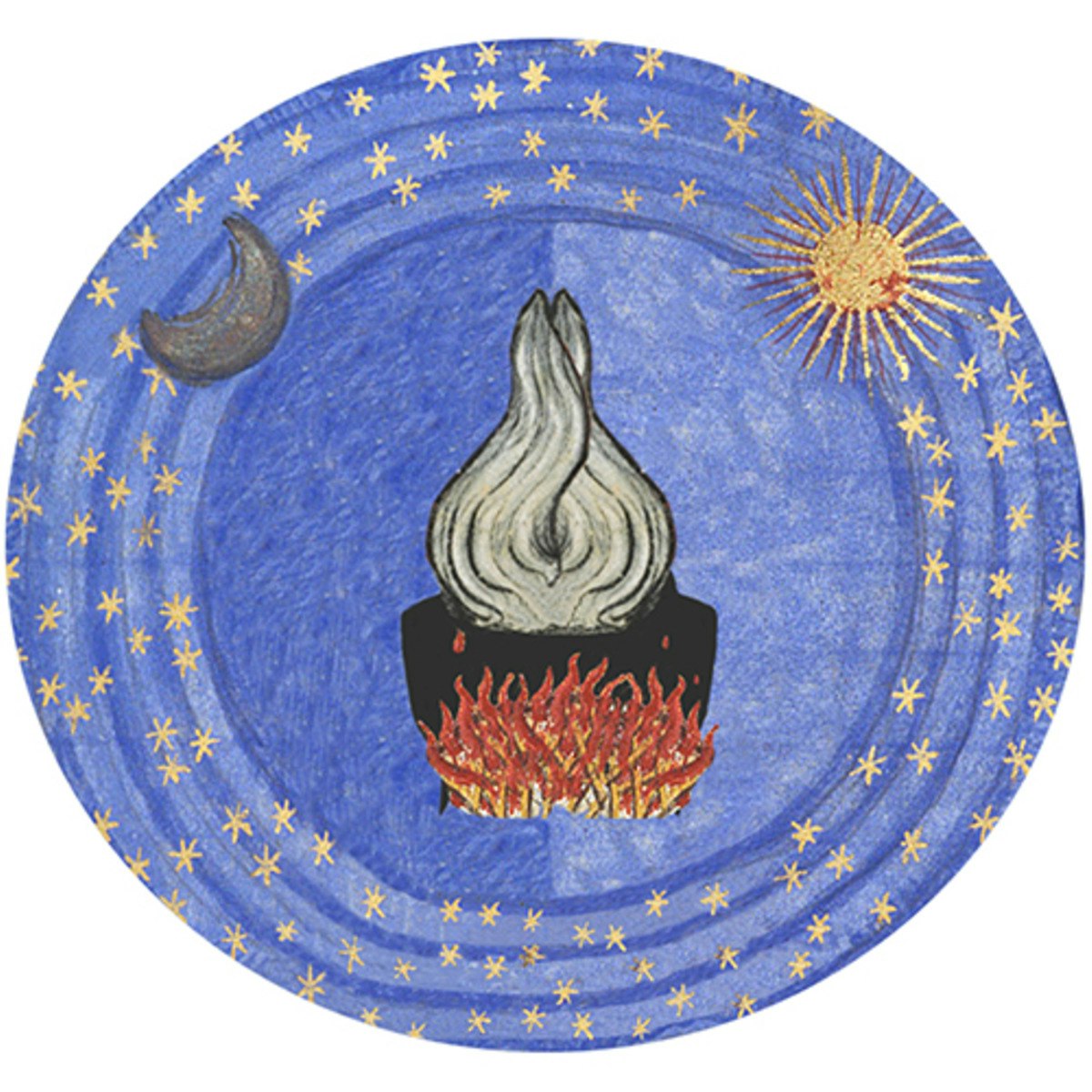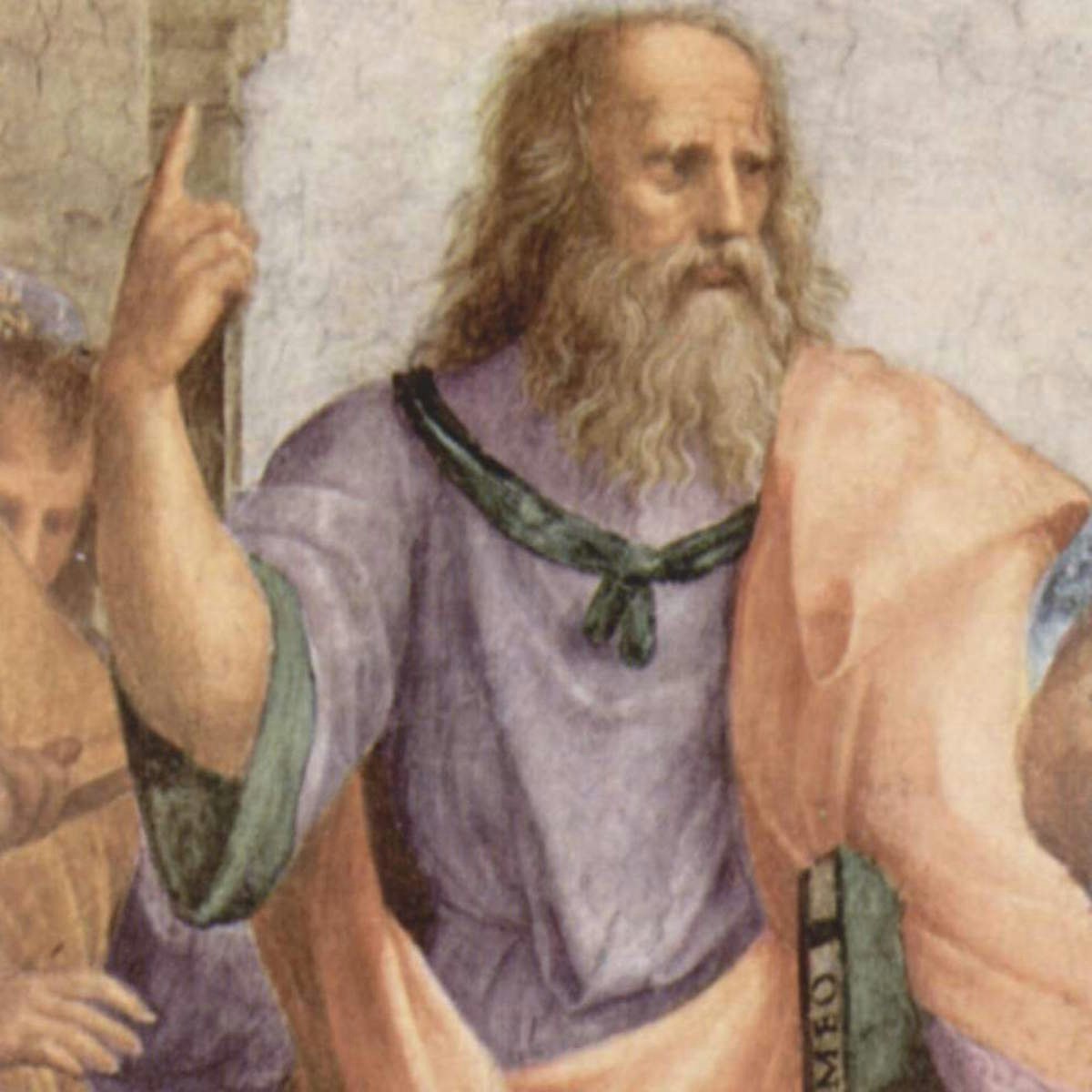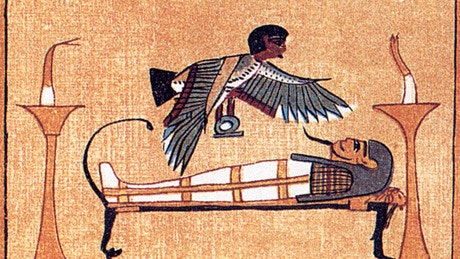Back to Courses









History Courses - Page 15
Showing results 141-150 of 168

Basic Elements of Design: Design Principles and Software Overview
Designing for an organization, while requiring technical skill, is not just about knowing how to use a pagination program such as InDesign or manipulate photos using Photoshop. A designer is a visual storyteller, a person who pairs words with images and typography to best convey information to an audience. Good design evokes emotion and presents the news of the day with clarity and the proper tone. A business card, brochure, or website that has good design provides content that is more inviting, more easily comprehensible and is faster to process. Design isn’t about “making it look pretty,” it’s also about content, layout and audience analysis.

Roman Art and Archaeology
The objective of this course is to provide an overview of the culture of ancient Rome beginning about 1000 BCE and ending with the so-called "Fall of Rome". We will look at some of the key people who played a role in Rome, from the time of the kings through the Roman Republic and the Roman Empire. We will also focus on the city of Rome itself, as well as Rome's expansion through Italy, the Mediterranean, and beyond.

The Modern and the Postmodern (Part 2)
This course examines how the idea of "the modern" develops at the end of the 18th century in European philosophy and literature, and how being modern (or progressive, or hip) became one of the crucial criteria for understanding and evaluating cultural change. Are we still in modernity, or have we moved beyond the modern to the postmodern?

History of Rock, Part One
This course, part 1 of a 2-course sequence, examines the history of rock, primarily as it unfolded in the United States, from the days before rock (pre-1955) to the end of the 1960s. This course covers the music of Elvis Presley, Chuck Berry, Phil Spector, Bob Dylan, the Beatles, the Rolling Stones, Jimi Hendrix, Cream, and many more artists, with an emphasis both on cultural context and on the music itself. We will also explore how developments in the music business and in technology helped shape the ways in which styles developed.
Rock emerged in the mid 1950s as a blending of mainstream pop, rhythm and blues, and country and western--styles that previously had remained relatively separate. This new style became the music of the emerging youth culture and was often associated with teen rebellion. We will follow the story of how this rowdy first wave of rock and roll (1955-59) was tamed in the early 60s but came roaring back with the Beatles and the Rolling Stones and then went psychedelic by the end of the decade.

Magic in the Middle Ages
Magical thought has always attracted human imagination. In this course we will introduce you to the Middle Ages through a wide conception of magic. Students will have an approach to medieval culture, beliefs and practices from the perspective of History and History of Science. Popular magic, as well as learned magic (alchemy, geomancy and necromancy) will be addressed. Moreover, we will also deal with how eastern practices and texts influenced western culture. In July 2016, the course will contain a brand-new module devoted to astrology. Magic in the Middle Ages offers a captivating overview of medieval society and promotes reflection about certain stereotypes associated with this period.
At the end of the course, the students:
a) will have overcome the usual prejudices about the Middle Ages,
b) will be able to analyze historical documentation from the Middle Ages and recognize the most common patterns of juridical documents regarding witchcraft, and
c) will be capable of distinguishing between popular magic and the magic of the learned people; will have a notion of which spiritual practices were allowed in medieval Europe and which ones were related to the devil, and will be aware of the link between a cultural product and the society that produced it.
This course is taught in English, although subtitles in English, Catalan and Spanish will also be provided.
COURSE SYLLABUS
Week 1. Introduction to medieval magic (Pau Castell).
Week 2. Magic & Heresy (Delfi I. Nieto-Isabel).
Week 3. From Magic to Witchcraft (Pau Castell).
Week 4. Magic in Islam (Godefroid de Callataÿ and Sébastien Moureau).
Week 5. Astrology & Geomancy (Theo Loinaz, Delfi I. Nieto-Isabel, Godefroid de Callataÿ and Blanca Villuendas).
© Gemma Pellissa Prades (coord.), Delfi I. Nieto-Isabel and Joana Palau Mumany
Magic in the Middle Ages by Gemma Pellissa Prades (coord.), Delfi I. Nieto-Isabel and Joana Palau Mumany is licensed under a Creative Commons Attribution-NonCommercial-NoDerivatives 4.0 International License.

Graphic Elements of Design: Color Theory and Image Formats
Examining and exploring the various types of images and graphic elements will be the focus of this course. We will start with color theory to distinguish between CMYK, Pantone and RGB color options and their usages. Then we will review the various types of images used in both print and digital design projects. Finally we will look at logo designs to determine what makes for the best images and graphic elements for corporate branding and imaging.

Ancient Philosophy: Plato & His Predecessors
What is philosophy? How does it differ from science, religion, and other modes of human discourse? This course traces the origins of philosophy in the Western tradition in the thinkers of Ancient Greece. We begin with the Presocratic natural philosophers who were active in Ionia in the 6th century BCE and are also credited with being the first scientists. Thales, Anaximander, and Anaximines made bold proposals about the ultimate constituents of reality, while Heraclitus insisted that there is an underlying order to the changing world. Parmenides of Elea formulated a powerful objection to all these proposals, while later Greek theorists (such as Anaxagoras and the atomist Democritus) attempted to answer that objection. In fifth-century Athens, Socrates insisted on the importance of the fundamental ethical question—“How shall I live?”—and his pupil, Plato, and Plato’s pupil, Aristotle, developed elaborate philosophical systems to explain the nature of reality, knowledge, and human happiness. After the death of Aristotle, in the Hellenistic period, Epicureans and Stoics developed and transformed that earlier tradition. We will study the major doctrines of all these thinkers. Part I will cover Plato and his predecessors. Part II will cover Aristotle and his successors.

America Through Foreign Eyes
The United States has always been a source of fascination — both attraction and repulsion — for the people of France, Mexico, China, and African countries such as Nigeria, Ghana, and Sudan. "America Through Foreign Eyes" is a rich, interdisciplinary, international course that features Rice University faculty from a variety of disciplines and area studies. Focused on perceptions of America abroad, the course is a cross between World Cultures and American Studies. The course features five core modules, each covering the perceptions and interactions of particular regions with America, Americans and Americanization.

Soul Beliefs: Causes and Consequences - Unit 2: Belief Systems
Throughout history, the vast majority of people around the globe have believed they have, however defined, a “soul.” While the question of whether the soul exists cannot be answered by science, what we can study are the causes and consequences of various beliefs about the soul and its prospects of surviving the death of the body. Why are soul and afterlife beliefs so common in human history? Are there adaptive advantages to assuming souls exist? Are there brain structures that have been shaped by environmental pressures that provide the foundation of body/mind dualism that is such a prominent feature of many religions? How do these beliefs shape the worldviews of different cultures and our collective lives? What is the role of competing afterlife beliefs in religion, science, politics, and war? This course explores several facets of this relatively unexplored but profoundly important aspect of human thought and behavior.
The course consists mainly of 70 to 80 minute lectures, typically broken up into 3 segments, recorded from a course offered by Rutgers University School of Arts and Sciences. These videos include slides and some embedded video clips. Most lectures are accompanied by slides used during the lecture, also including recommended reading assignment which may provide additional opportunities to reflect on your studies.
Due to the lengthiness of this class and natural progression, the online course has been separated into 3 units, this is Unit 2.

Print and Digital Elements of Design: Branding and User Experience
Graphic design projects can be delivered in either a printed format or a digital format, or both. This course will look at how to work with creative professionals to get the ideal usage out of a design to use in print medium such as logos, brochures and larger printed projects that will also carry over as seamlessly as possible into the digital realm of websites and social media. We will also cover the user experience and how to keep the end result in mind when working on creative endeavors.
Popular Internships and Jobs by Categories
Find Jobs & Internships
Browse
© 2024 BoostGrad | All rights reserved